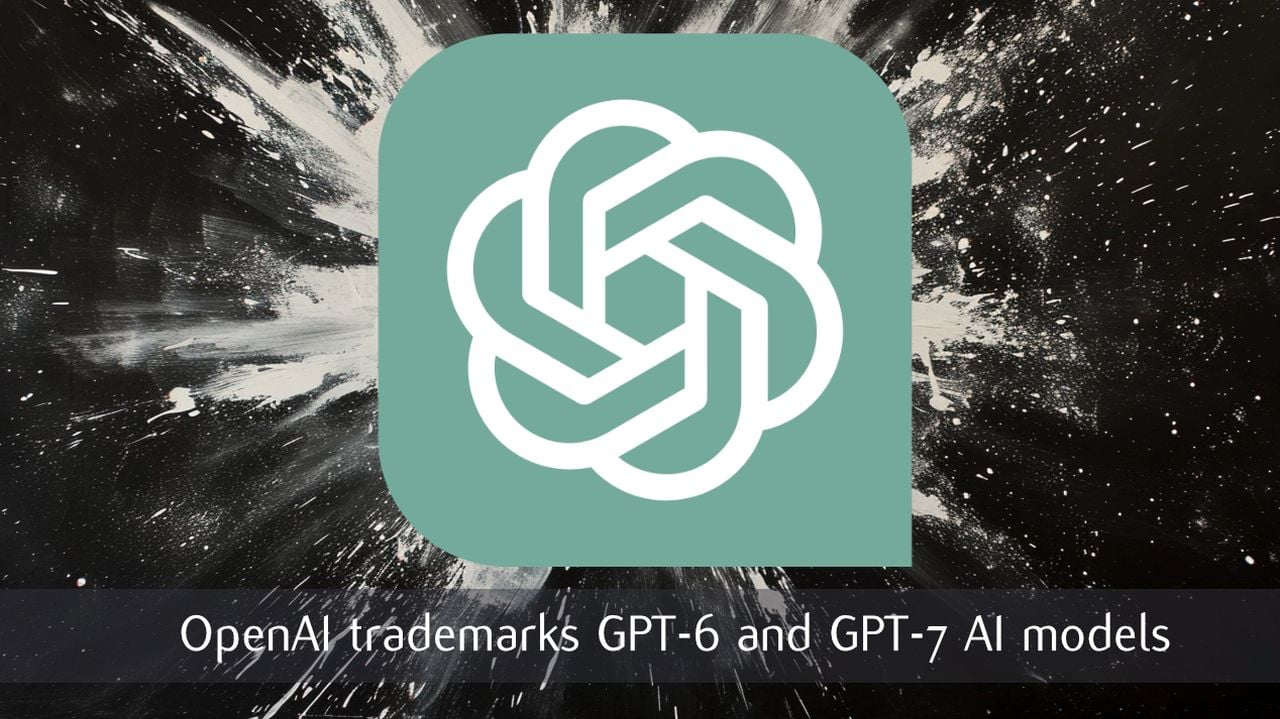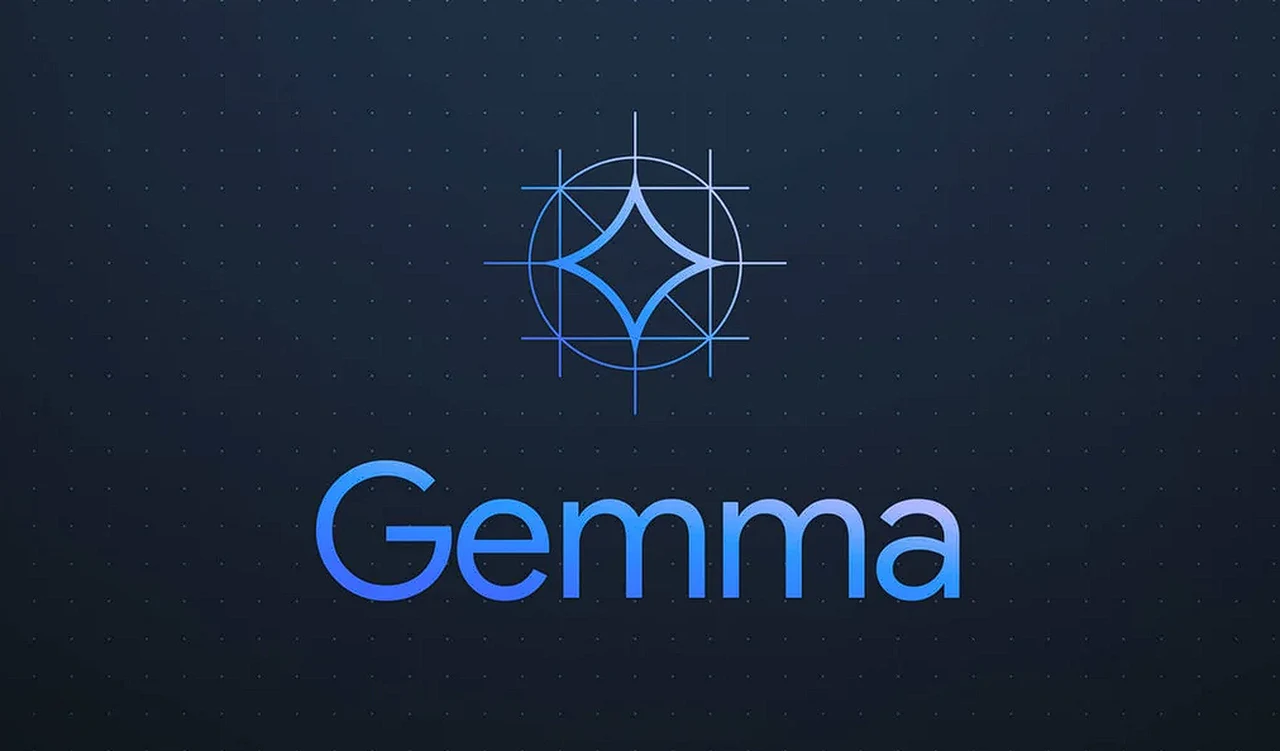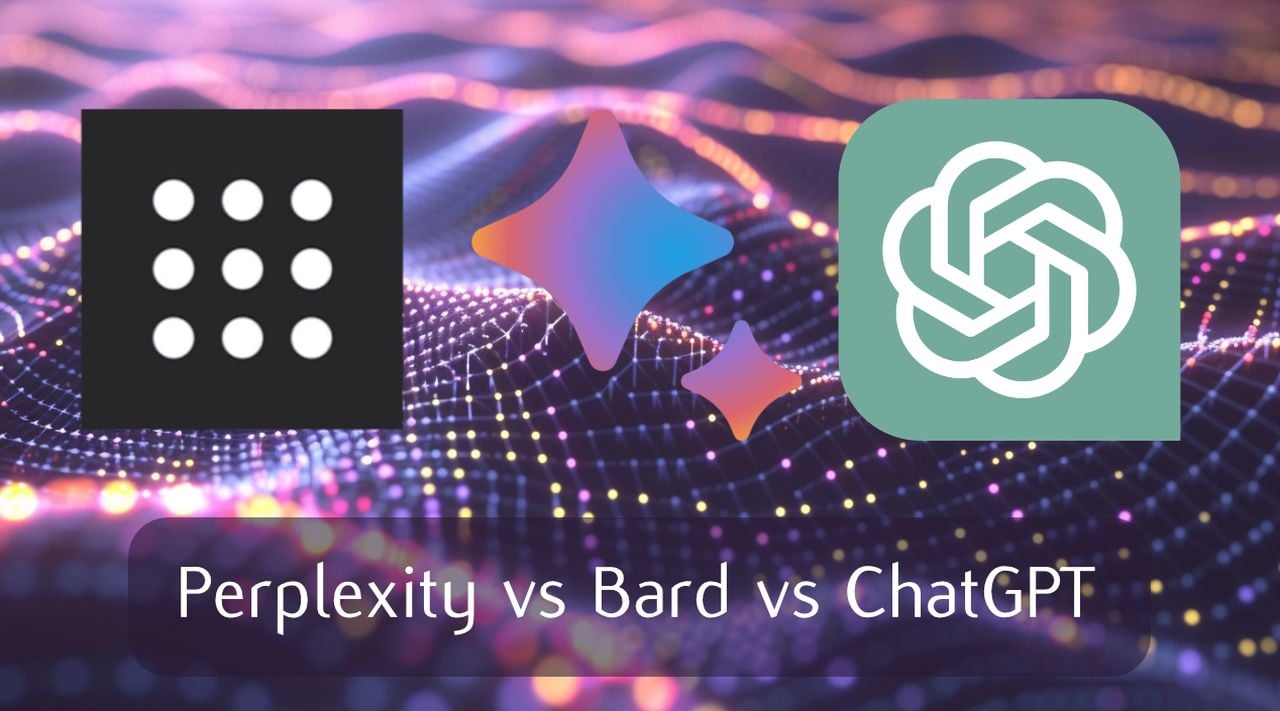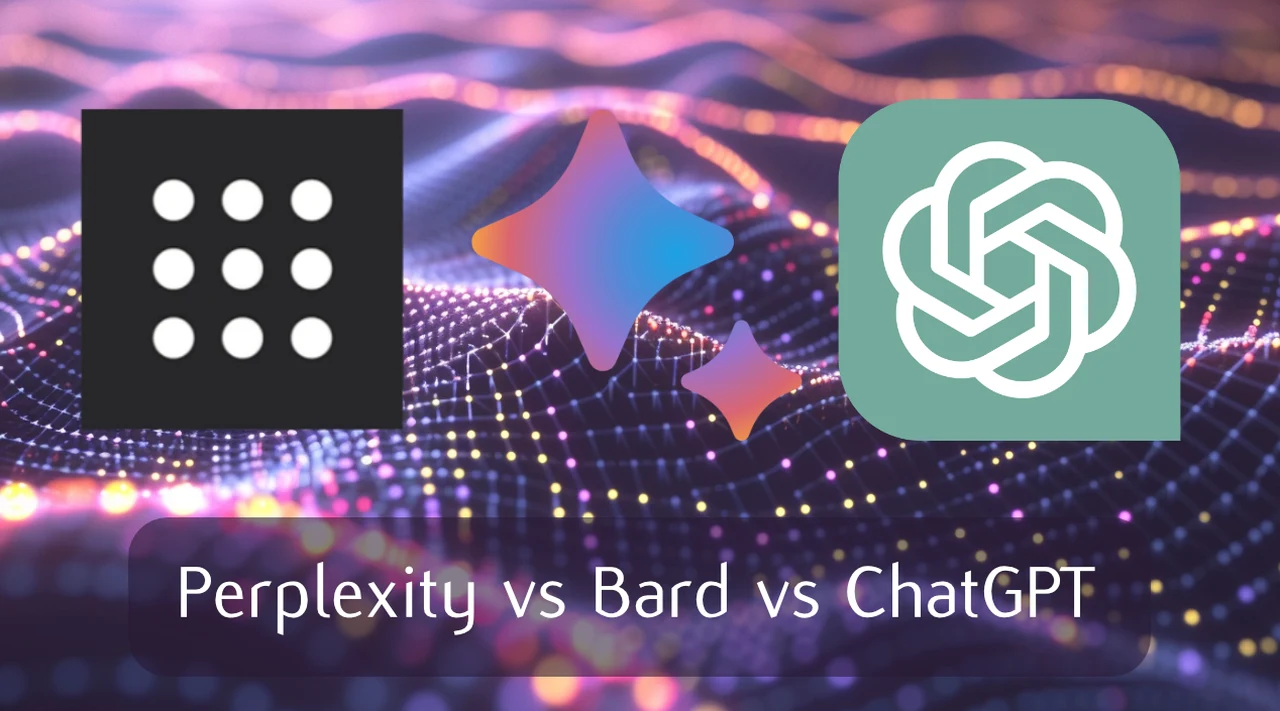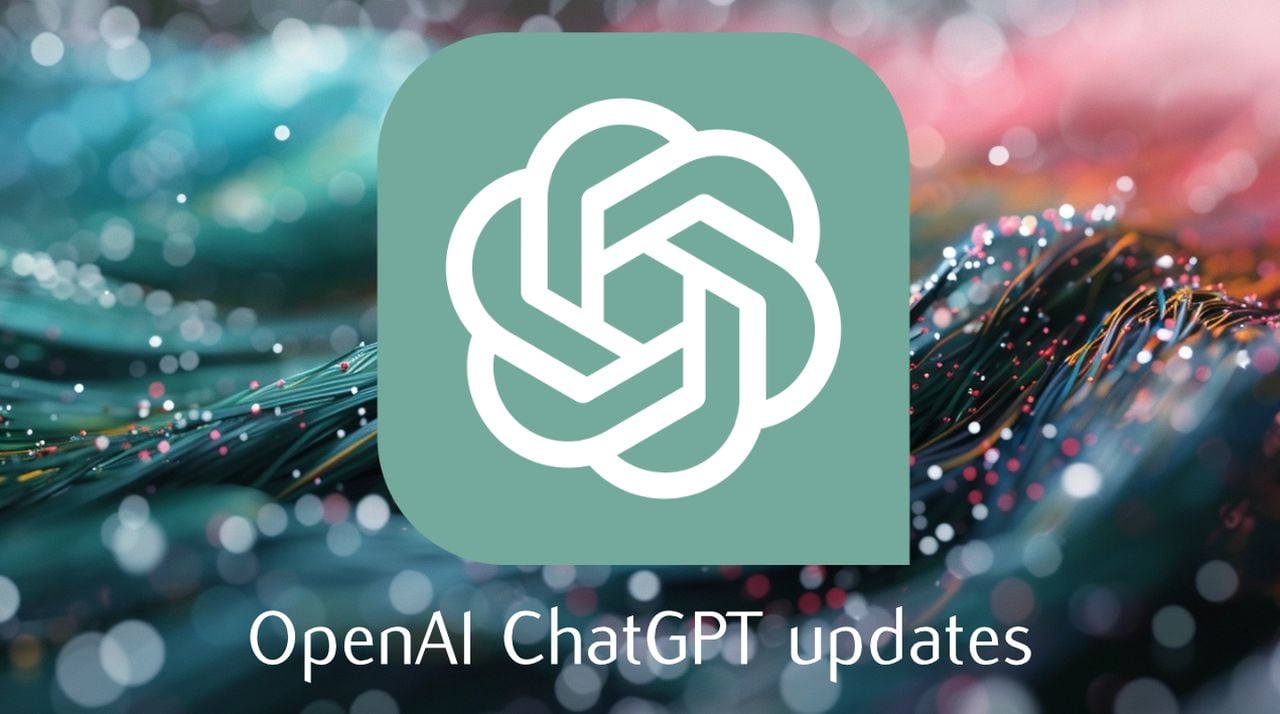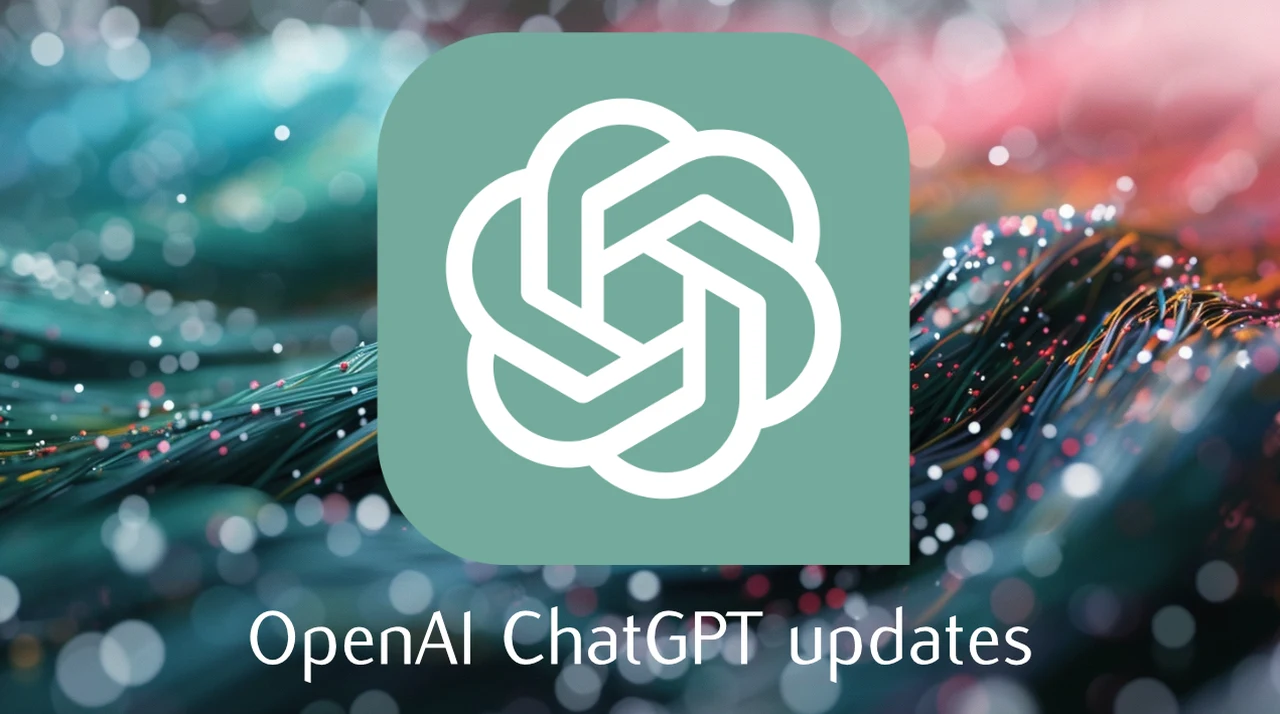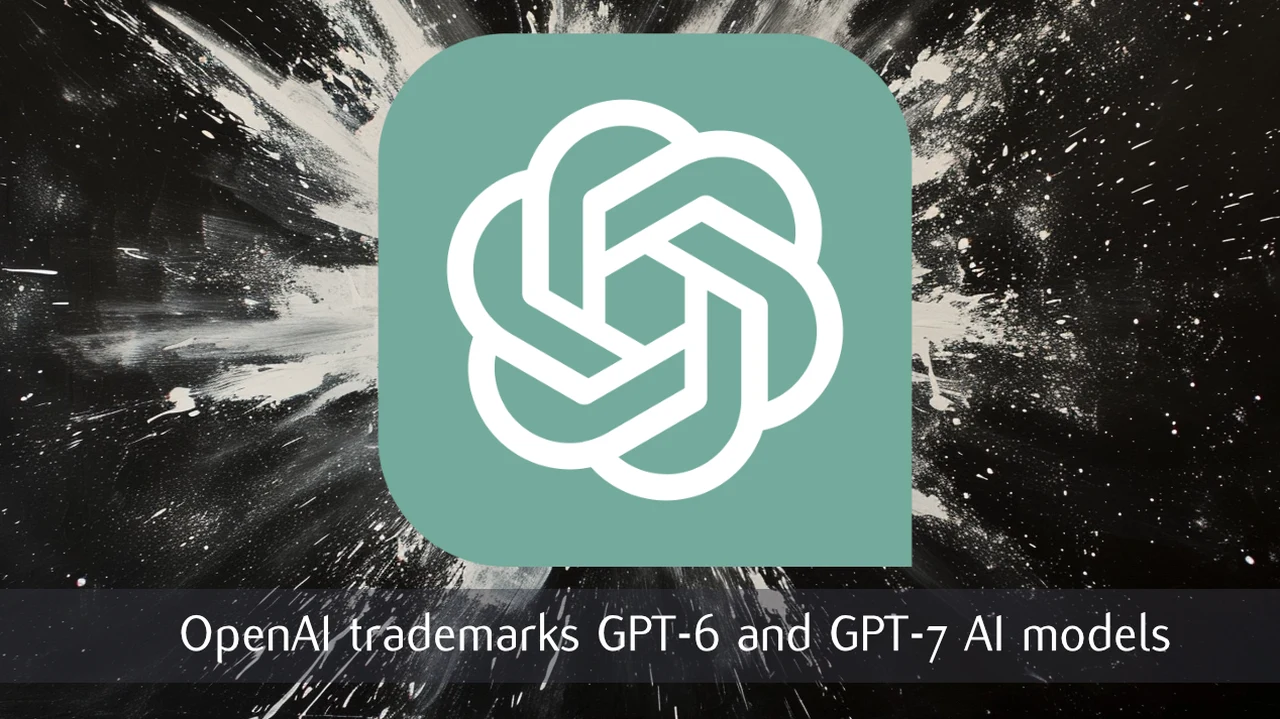
OpenAI has once again made headlines with the registration of trademarks hinting at the imminent development of GPT-6 and GPT-7. Although just names at the moment the two new artificial intelligence models that are expected to provide significant advancements in the field of machine learning and natural language processing.
OpenAI has taken strategic steps to protect and promote these innovations, notably by filing for trademarks for both GPT-6 and GPT-7 in China. This action signals OpenAI’s plans to make these models central to the AI market, with potential uses in areas such as customer support and content generation.
One of the key factors in the development of these AI models is the use of synthetic data. This type of data mimics real-world information, allowing AI to learn and improve without the privacy concerns or limitations associated with traditional data. OpenAI’s Feather service is a prime example of this, as it helps to streamline and enhance the AI training process.
OpenAI GPT5 GPT-6 GPT-7 under development
As the AI community continues to strive for Artificial General Intelligence (AGI), which would enable machines to learn and perform a wide range of tasks similar to human intelligence, there is also a growing interest in open-source AI models. These models, like Mistral Large, provide an accessible and competitive alternative to proprietary models, such as GPT-4, and are gaining popularity.
Microsoft is also making significant moves in the AI space by forming partnerships with AI innovators, including the French AI firm Mistral AI. These collaborations highlight Microsoft’s commitment to incorporating state-of-the-art AI technologies into their suite of products. However, with the rapid advancement of AI technologies come legal challenges, as demonstrated by the dispute between the New York Times and OpenAI/Microsoft over AI-generated content. These cases bring to light the complex issues surrounding intellectual property and ethics in the realm of AI.
Here are some other articles you may find of interest on the subject of OpenAI’s ChatGPT large language models :
Understanding the Impact of GPT-6 and GPT-7
In the educational sector, smaller language models like Orca Math are proving to be valuable tools. By using synthetic data, these models can accurately solve math problems, suggesting that AI has the potential to support and enhance learning experiences. Furthermore, AI tools are becoming more widely available to businesses, transforming operations in various ways, from improving customer service to generating content and analyzing data. These technologies are helping companies to operate more efficiently and stay competitive in their respective markets.
OpenAI’s proposed development of GPT-6 and GPT-7 marks a significant milestone in the evolution of artificial intelligence. These models are built upon the foundation of their predecessors, employing more sophisticated algorithms and larger datasets to achieve unprecedented levels of understanding and generating human-like text. The advancements in machine learning and natural language processing enable these models to perform a variety of complex tasks, such as translating languages, composing essays, and even coding software. The implications of these capabilities are vast, affecting industries from healthcare to finance, where AI can assist in diagnosing diseases or predicting market trends with greater accuracy.
The strategic move by OpenAI to file for trademarks in China reflects the organization’s intention to establish a strong presence in the global AI market. By securing their intellectual property, OpenAI ensures that GPT-6 and GPT-7 can be integrated into various applications, including customer support systems that can handle inquiries with human-like responsiveness and content generation tools that can produce high-quality written material for marketing, journalism, and creative writing.
The Role of Synthetic Data in AI Development
Synthetic data plays a crucial role in the training and refinement of AI models like GPT-6 and GPT-7. By simulating real-world data, synthetic data allows AI systems to learn from a diverse array of scenarios without compromising individual privacy or relying on potentially biased real-world datasets. OpenAI’s ‘Feather’ service exemplifies the use of synthetic data to enhance the AI training process, providing a controlled environment that can be tailored to specific learning objectives. This approach not only accelerates the development of AI models but also ensures that they are robust and versatile, capable of understanding and generating content across a wide range of topics and formats.
The use of synthetic data is particularly important in the context of ethical AI development. It mitigates the risk of exposing sensitive information and reduces the likelihood of perpetuating biases that may exist in real-world data. As a result, AI models trained on synthetic data can offer more equitable and secure solutions, which is essential for their adoption in sensitive applications such as healthcare, finance, and legal services.
The pursuit of Artificial General Intelligence (AGI) represents the frontier of AI research. AGI aims to create machines that can understand, learn, and apply knowledge in a manner akin to human intelligence. The development of open-source AI models, such as Mistal Large, contributes to this goal by providing a platform for collaboration and innovation. These models offer an alternative to proprietary systems and democratize access to cutting-edge AI technology, allowing researchers and developers to build upon them and potentially accelerate the path toward AGI.
Challenges and Opportunities in AI Advancements
However, the rapid progress in AI also raises complex legal and ethical issues, particularly concerning intellectual property and the creation of AI-generated content. The dispute between the New York Times and OpenAI/Microsoft is a prime example of the challenges that arise as AI begins to intersect with areas traditionally governed by human creativity and authorship. It is imperative to navigate these challenges thoughtfully to ensure that AI is developed and used in a manner that respects intellectual property rights and ethical considerations.
In education, AI models like Orca Math demonstrate the potential to support and enhance learning by providing accurate solutions to mathematical problems. This suggests that AI can be a valuable ally in the classroom, offering personalized assistance and enabling educators to focus on more nuanced aspects of teaching.
For businesses, the availability of AI tools is transforming operations by improving customer service, content generation, and data analysis. These technologies enable companies to operate more efficiently and maintain a competitive edge in their markets. The introduction of GPT-6 and the forthcoming GPT-7 are reshaping the technological landscape, presenting opportunities for innovation across various sectors. However, it is essential to monitor the societal impact of AI closely to ensure that its benefits are realized responsibly and equitably.
Filed Under: Technology News, Top News
Latest timeswonderful Deals
Disclosure: Some of our articles include affiliate links. If you buy something through one of these links, timeswonderful may earn an affiliate commission. Learn about our Disclosure Policy.

